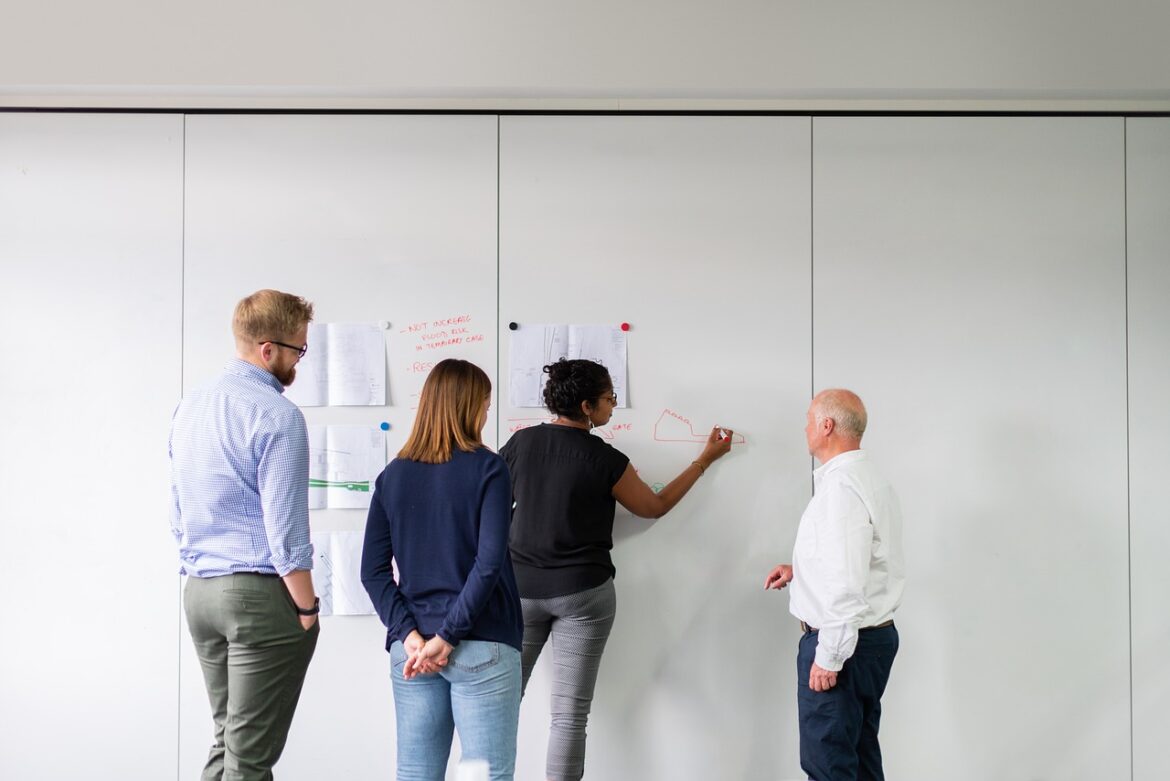Unlocking Teamwork: Why Collaboration Frameworks Matter Now
Imagine trying to build a complex puzzle without seeing the full picture — that’s what teamwork feels like without a solid framework. In 2025, businesses across industries realize that collaboration isn’t just an add-on; it’s the backbone of success. Let’s break down five trending team collaboration frameworks that have real-world traction and practical impact.
1. Enterprise Content Collaboration Platforms
Take the example of Bynder, a brand that transformed how teams create marketing content at scale. Their AI-powered Digital Asset Management (DAM) system ensures every stakeholder — from creatives to marketers — stays on the same page.
Why it works: It’s more than file sharing; it’s about version control, smart integrations (think CMS and PIM), and tight security. Large organizations have noticed fewer bottlenecks and consistent branding.
Think of it as a digital orchestra where every instrument (or team member) plays in harmony.
2. Agile Project Management Tools
The rise of remote work means teams must stay flexible. Companies using tools like Monday.com and Zoho Sprints embrace agile frameworks that support dynamic scheduling and quick pivots.
Real-world edge: Agile software today comes with AI-driven features automating task assignments and predicting risks — cutting down on manual guesswork.
Picture a GPS for your projects that reroutes you automatically around traffic jams.
3. Online Collaboration Hubs
Slack and Zoom have become virtual offices for many, but the future is in integrated hubs that combine messaging, video calls, file sharing, and task lists under one roof.
For instance, Microsoft Teams packages everything into a shared workspace, boosting seamless communication and eliminating fractured workflows across apps.
This approach mirrors a team huddle where everyone can hear the coach’s call clearly.
4. Visual and Interactive Whiteboarding Tools
Miro exemplifies how visual collaboration helps brainstorming and planning when teams are scattered globally.
By allowing real-time sketching, sticky notes, and mapping, it becomes a shared canvas where ideas grow and evolve.
Think of it as a digital campfire — where everyone gathers to share stories and co-create solutions.
5. Employee Engagement Platforms
Connecteam shows how driving engagement beyond tasks can supercharge collaboration. By blending surveys, recognition, chat, and training in a mobile-friendly platform, they boost morale and info flow especially among deskless workers.
The bottom line? Engaged teams talk better, align faster, and innovate more.
Putting It All Together
Each framework targets a different dimension of collaboration — from content creation and project agility to communication, creativity, and engagement.
Companies embracing these tools aren’t just surviving complexity; they’re mastering it.
If you see teamwork as a recipe, these frameworks supply the essential ingredients for a tasty, productive dish.
Tips for Teams:
- Start small: Pick one framework that fits your biggest challenge.
- Mix tech with culture: Tools work best when people trust and empower each other.
- Iterate: Just like agile itself, keep improving your collaboration style.
With the right frameworks, teamwork isn’t just easier; it’s a competitive edge.
References:
- https://www.bynder.com/en/blog/top-5-enterprise-content-collaboration-tools/
- https://filestage.io/blog/online-collaboration-tools/
- https://thedigitalprojectmanager.com/tools/enterprise-project-management-software/
- https://niftypm.com/blog/free-project-management-software/
- https://thedigitalprojectmanager.com/tools/agile-project-management-software/
- https://meetgeek.ai/blog/zoom-vs-microsoft-teams
- https://www.selectsoftwarereviews.com/buyer-guide/best-employee-engagement-software
- https://www.comnetwork.org/jobs



